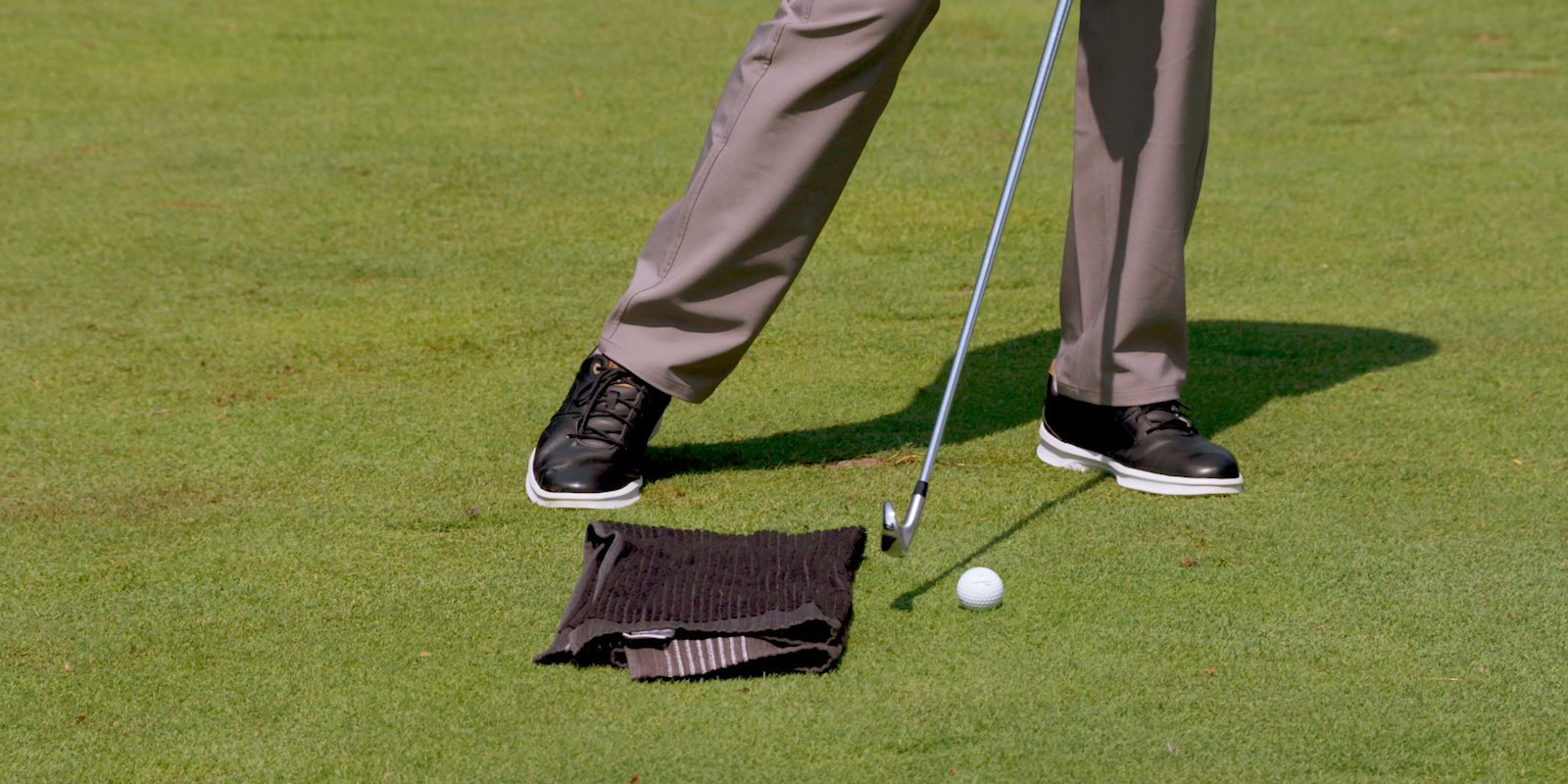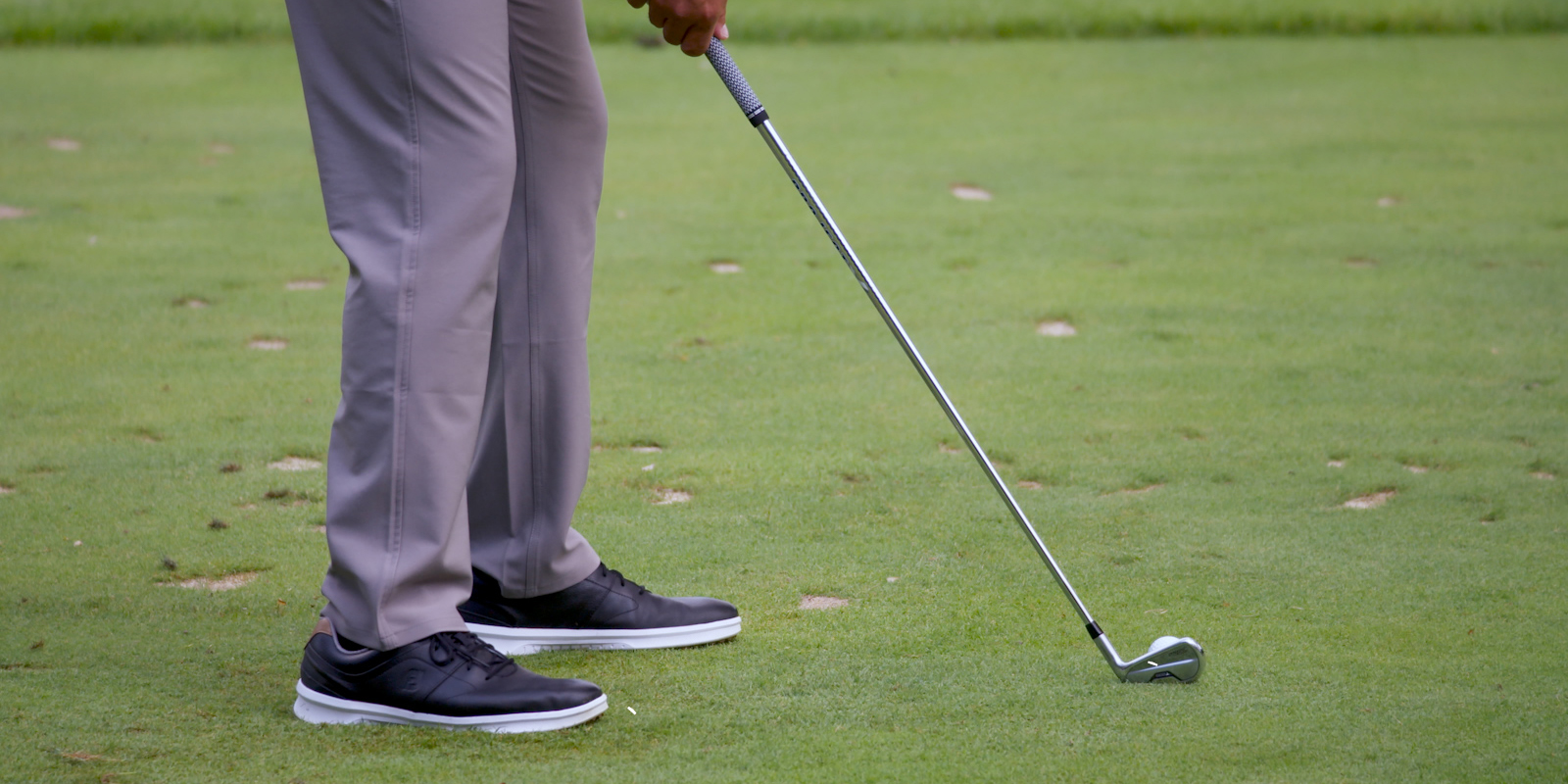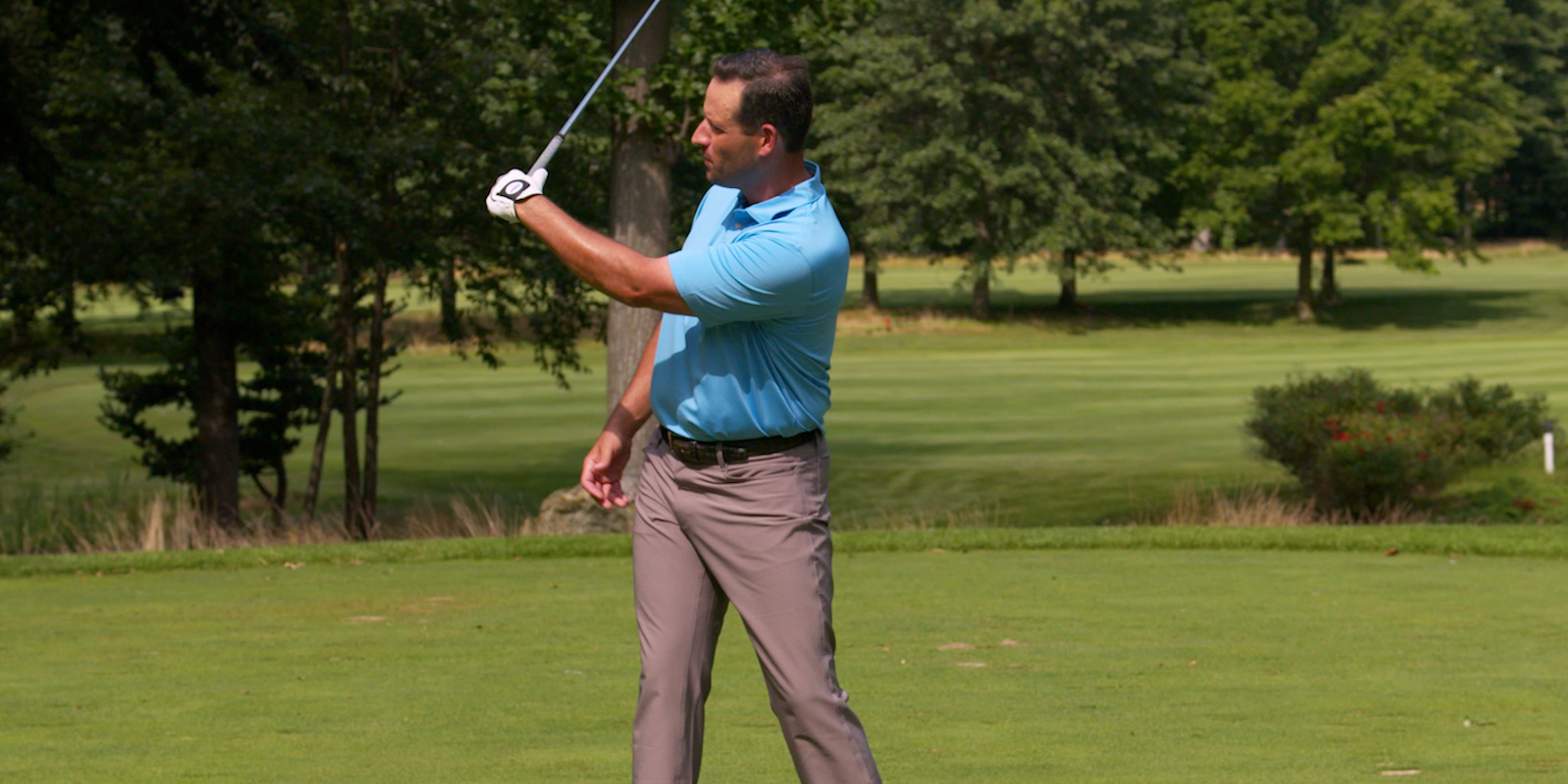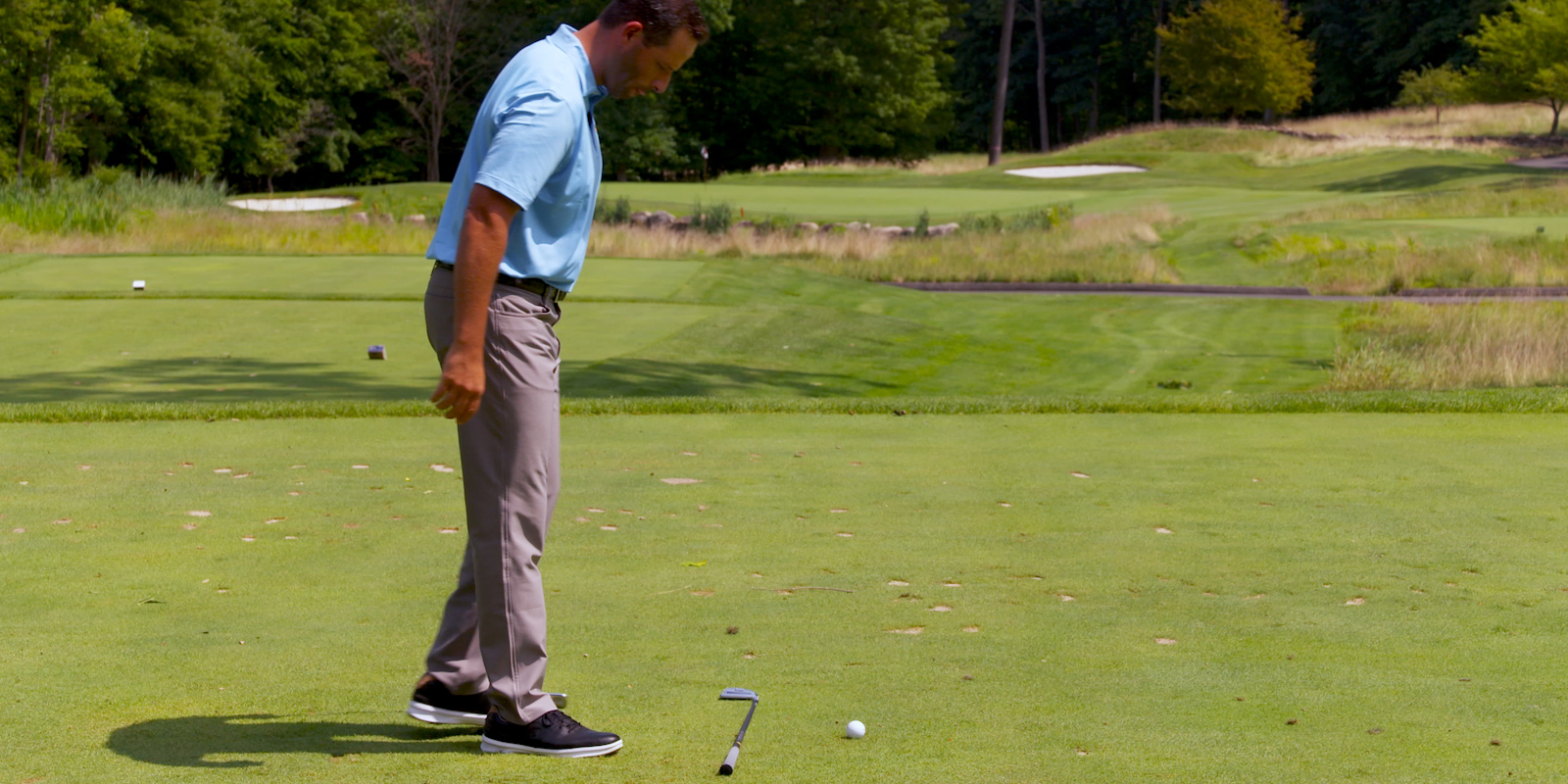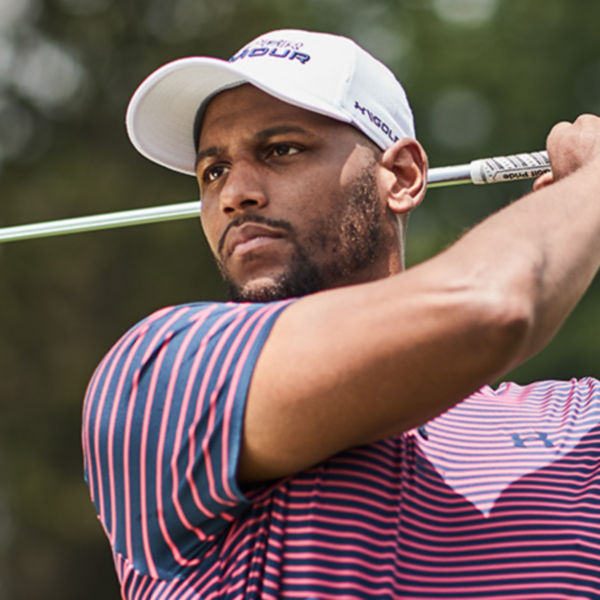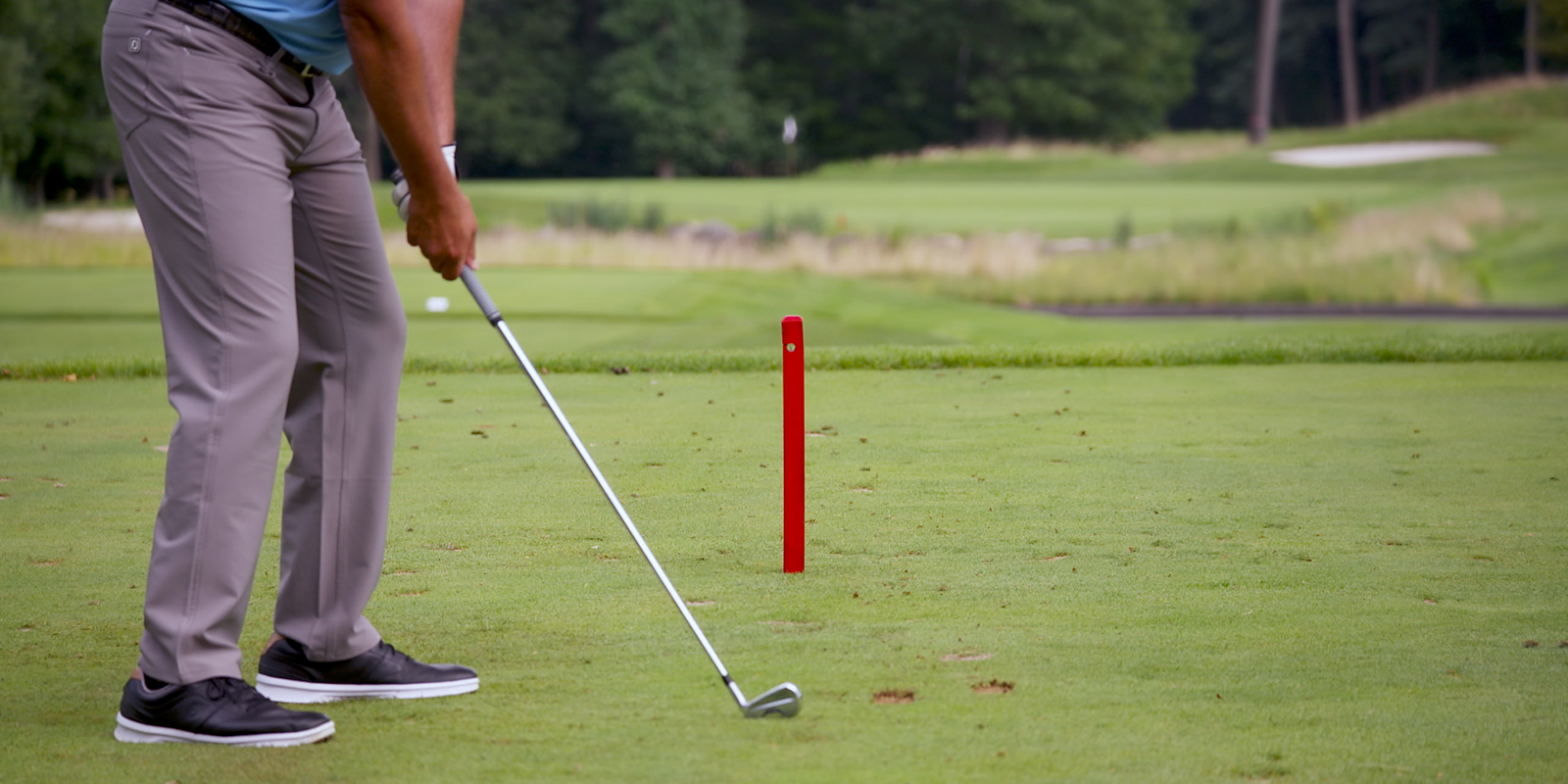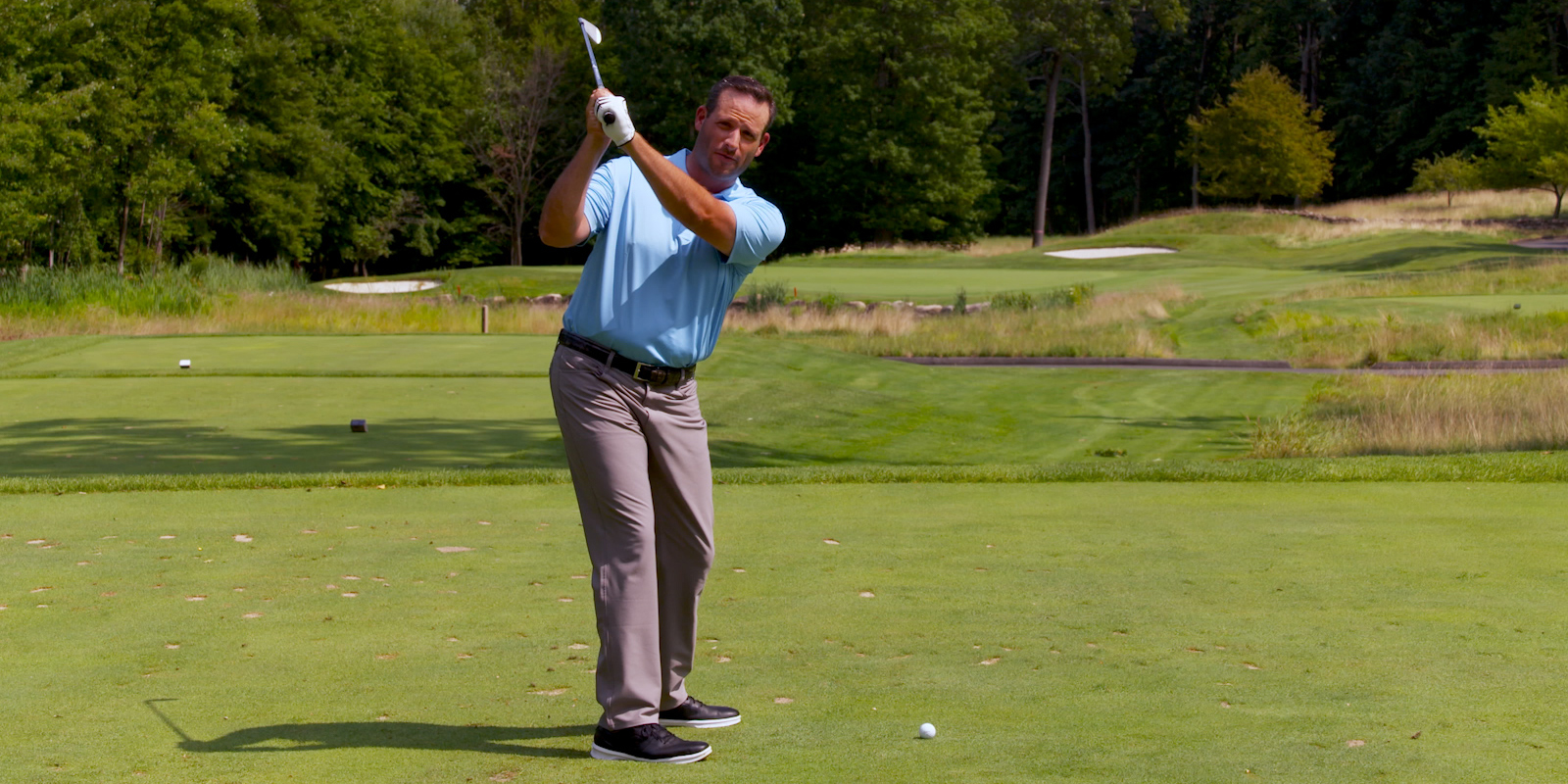
Iron FAQ: Your Questions Answered
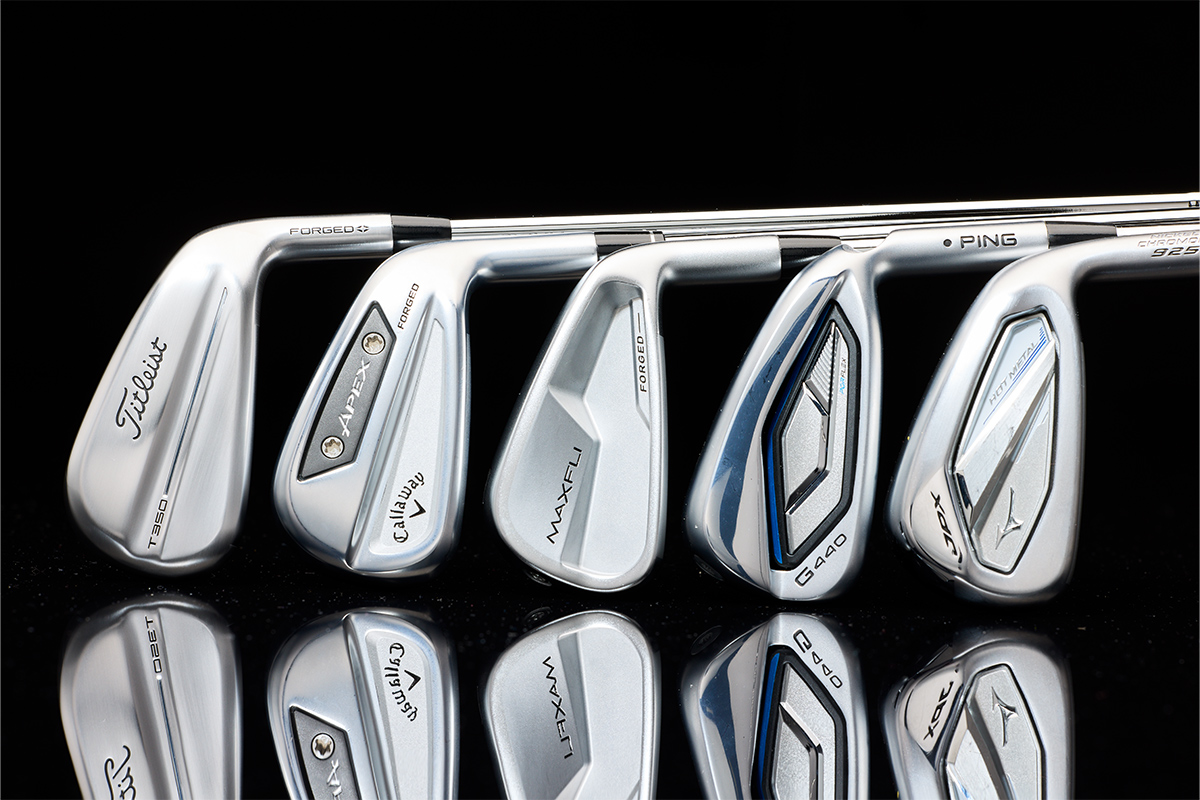
Sorting out what you need to know about the world of irons can be like drinking from a firehose. We sat down with Chris Marchini — master club fitter who leads Golf Galaxy’s nationwide team of certified fitters — to get the answers to your most frequently asked questions. Start here to get the right gear in your hands and get out on the course.
Q: How Often Should I Upgrade My Irons?
A: Start with a proper fitting and adjust accordingly based on your game today.
Marchini says: “Hopefully this doesn't make anybody mad, but I think innovation in irons might be outpacing driver innovation of late. The question isn't how old your irons are. It's whether they're still optimized for your current game. Players change over time, losing or gaining swing speed, developing different swing characteristics or simply evolving their understanding of what they need from their equipment. A proper fitting every few years can determine whether your current irons are still serving you well or if newer technology could provide meaningful improvements.”
Q: What’s the Difference Between Cast Irons and Forged Irons?
A: Modern manufacturing methods can make it hard to differentiate to the average player!
Marchini says: “I’m always wary about addressing this, because there’s so much scar tissue that still exists in the form of outdated assumptions about different manufacturing methods. The reality is that modern manufacturing has blurred the traditional lines between these processes. Forged means something was shaped from a single piece of metal. Cast means it was made by pouring molten metal into a mold. There are game-improvement irons that have forged faces and players clubs that are cast. More and more players actually can't tell the difference anymore. I don't usually bring it up unless it comes up. The focus should be on how the iron performs for your specific swing and preferences, not on whether it was cast or forged.”
Q: I’m a Beginner. What is the Best Iron for Me?
A: It depends on your game, though club weight is an important factor. The best thing to do is work with a fitter to make the right choice.
Marchini says: “If you had asked me that question even six years ago, I might've had a different answer. Today, the term ‘beginner’ really means something different depending on the player you're dealing with. There have been a ton of really good athletes that picked up the game of golf, and watching them in a bay, they define themselves as a beginner. I'm like, there's not one aspect to you that's a beginner when you're getting the ball airborne consistently. The best iron for a beginner is one that is built to address that particular beginner’s needs — particularly when it comes to weight, which has a significant impact on how the club is delivered to impact. The most important thing is to let the player’s ability and athletic background dictate the fitting, not putting them in a blanket ‘beginner’ club.”
Q: What Does “Feel” Mean?
A: Once again, this depends on the player and what they’re looking for in a club.
Marchini says: “There’s a lot that goes into that. There's looks. There's sound. And then there's the tangible part — what we actually feel in our hands or what we feel in our body. I don’t downplay any of them. They’re all very important. The great part of where we are in the world of equipment is that there are so many more choices now. You can find the sound you like. You can change things like weight position. There are different colors and shapes. There are more ‘traditional’ clubs and ones that go outside the box. There’s a feel for you, and the tools to help you find it.”
Q: How Consistent are Specs Across Brands?
A: Specs vary widely across top brands.
Marchini says: “They aren’t! Lengths. Lie angles. Lofts. Weights. Every brand has a different playbook or roadmap. Even if you’re using the same shaft in a different manufacturer’s head, it’s still different. But even if they were all the same, you want to be getting caught up in actual performance — how that club with that head and that shaft works specifically for you. It's about what do you need, not what the number says on the sole, or what it says on the back.”
Q: What Makes a Good Iron Fitting?
A: Expect two sessions to really hone in your fit.
Marchini says: “The ultimate three-letter question that exists in the game of golf is, 'Why?' A good fitter's job is connecting the dots to the most important “whys” for each individual. In a good fitting, you will start with finding consistent center-face contact. From there, your launch conditions, your spin rates, and everything else are usually going to improve drastically. After that, you’re moving to optimization — making the player more efficient. How do you get the ball flight, gapping, height, land angle dialed in for every club. When you show a player what’s possible, it builds a tremendous amount of trust, and then you’re a team working together for the same goal. Ideally, an iron fitting is also going to be a two-visit experience. I want to establish the baseline in the first visit, then fine-tune in the second based on how the clubs perform on the course.”
Schedule an Iron Fitting at Golf Galaxy
Q: How Far Should I Be Hitting My Irons?
A: You can guess what we’re about to say here: It depends on the player!
Marchini says: “That’s a complex question, both because every player is different and because lofts have changed over time. Through the years, manufacturers and some fitters have also gotten too preoccupied with ball speed. Ball speed and absolute distance you hit a club are factors, but they’re not everything. Optimized ball speed is much more important than absolute ball speed. How far you hit a certain club isn’t relevant if the ball flight isn’t one you can play with, or if the highest ball speed doesn’t actually produce more overall distance because of the ball flight. Your goal should be to get the most productive speed and distance you can for you. The key is to build a set that provides the best tools for the distances you actually play, not trying to match what somebody else does.”
As a general rule of thumb, reference this chart:
2-iron | 105 to 210 yards |
3-Iron | 100 to 205 yards |
4-Iron | 90 to 190 yards |
5-Iron | 80 to 175 yards |
6-Iron | 70 to 165 yards |
7-Iron | 65 to 155 yards |
8-Iron | 60 to 145 yards |
9-Iron | 55 to 135 yards |


